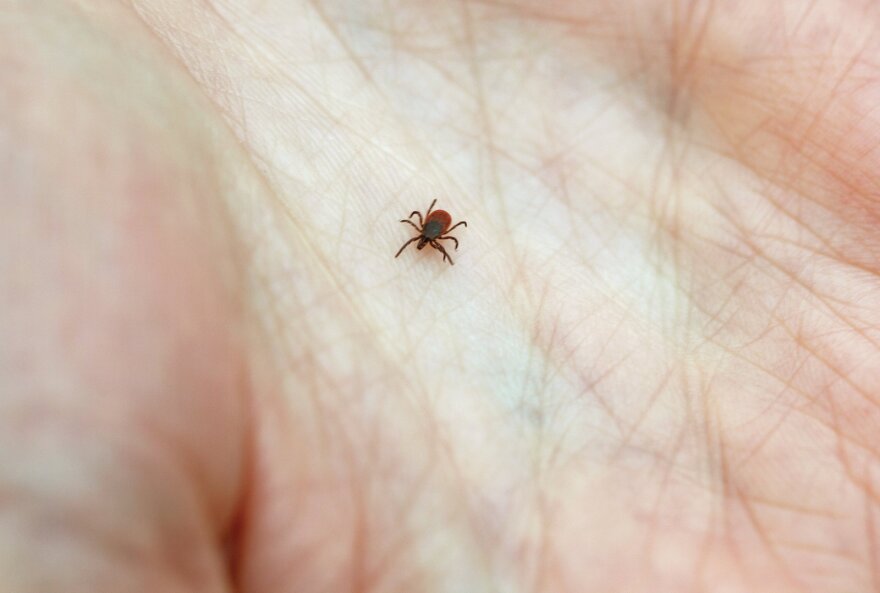ALLENTOWN, Pa. - About 37% of ticks in Pennsylvania are the kind that carry Lyme disease, according to the Tick Research Lab of Pennsylvania at East Stroudsburg University.
They’re called blacklegged ticks or deer ticks and right now, they’re in their nymph stage and are about the size of a poppy seed.
“Every year is a bad year in Pennsylvania as far as ticks are concerned,” says Marten Edwards, a professor of biology at Muhlenberg College. “There’s always going to be ticks and the kinds of ticks that carry Lyme disease are always going to be common.”
Edwards says ticks travel by crawling from the ground and onto a person or animal. He recommends wearing boots, socks and pants while outdoors.
“Nobody wants to go outside on a beautiful day wearing a spacesuit,” Edwards says. “If you’re going to be going out in the woods and you know you’re going to be going off the trail, I would recommend investing in some permethrin-treated clothing. The mosquito repellent DEET works really well.”
Edwards says because ticks are tiny, wearing light-colored clothing while outdoors may help people spot them.
“One thing I really recommend when you get back from the woods is taking a shower,” Edwards says. “This seems a little bit weird because, how could a shower wash away a tick that’s already biting? But sometimes it takes a little while for the tick to settle down and start taking a blood meal.”
Since 2000 Pennsylvania has had the highest number of Lyme disease cases in the nation, according to the Centers for Disease Control and Prevention.
If a person is bit by a tick and feels ill, Edwards says they should see a doctor right away. The CDC says the symptoms of Lyme disease are fever, chills, fatigue, headache and sometimes, a bullseye-shaped rash.
The CDC says most cases of Lyme disease can be treated with antibiotics. If left untreated, the agency says the infection can spread to joints, the heart, and the nervous system.


